Hispania. Female bust - The Collection - Museo Nacional del Prado
$ 25.50 · 4.8 (573) · In stock

This female bust, identified by Hübner in the inventories of the Alcázar, represents Hispania, the personification of Spain, according to a type developed in the time of Philip II. Her hair bears similarities to the “towering” haridos seen on Roman matrons of the middle of the 2nd century A.
This female bust, identified by Hübner in the inventories of the Alcázar, represents Hispania, the personification of Spain, according to a type developed in the time of Philip II. Her hair bears similarities to the “towering” haridos seen on Roman matrons of the middle of the 2nd century A.D., but is more heavily ornamented with curls. The workmanship and proportions of the head bring to mind female portraits of the Constantinian era (4th century A.D.), although their hairdos are different. The head type does not resemble the Roman Hispania that appears on ancient coins and in reliefs; therefore, we surmise that this type was a 16th-century invention. The Roman-style hairdo evokes a royal crown of the Renaissance period, making her look like a Queen (Text drawn from Shröeder, Stephan, The Majesty of Spain, Jackson, Mississippi, 2001, p. 115).
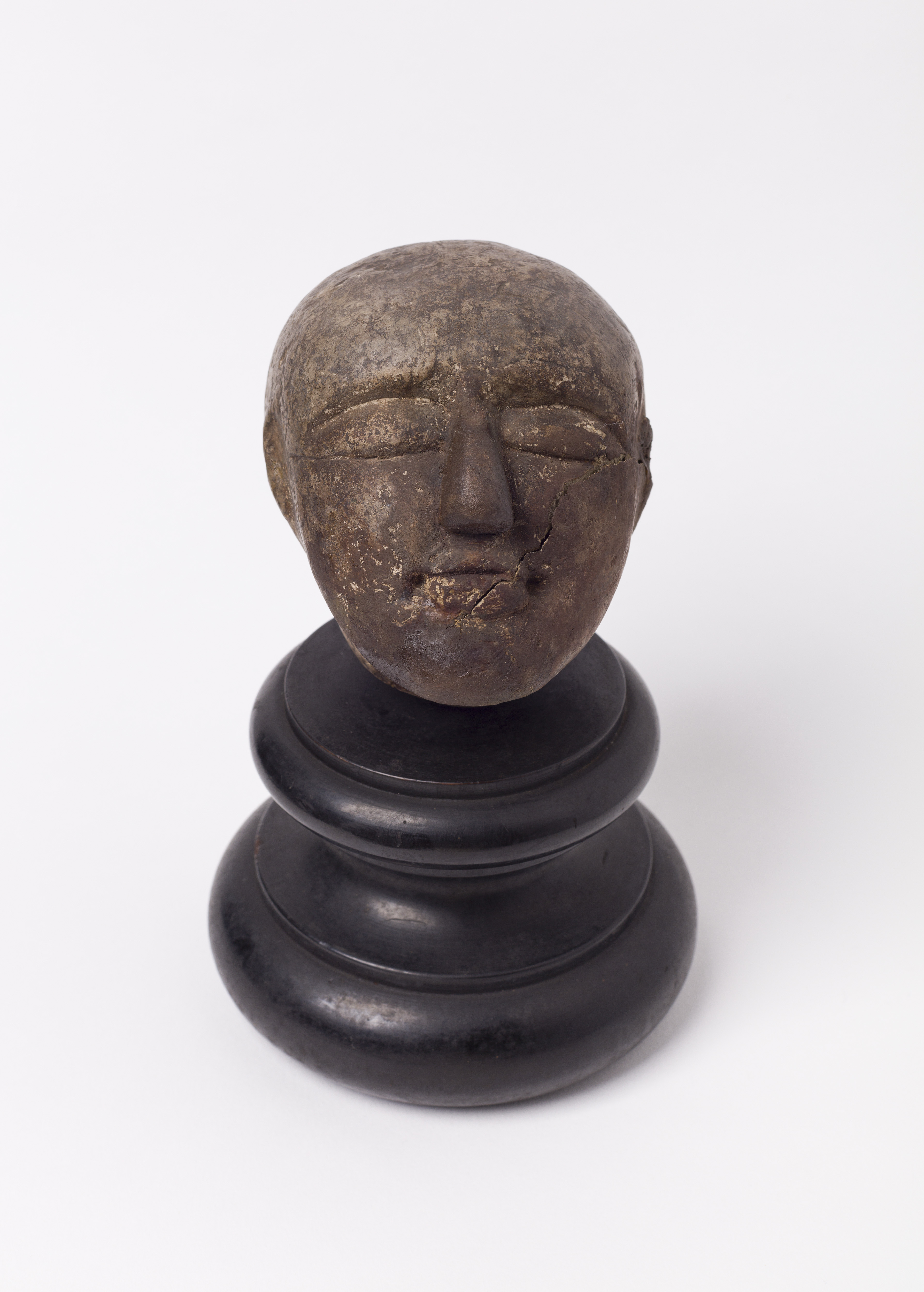
MASP
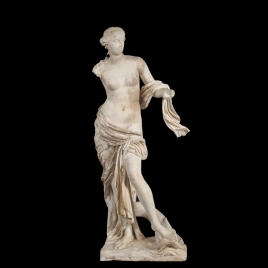
Hispania. Female bust - The Collection - Museo Nacional del Prado

Tourism in Spain - Wikipedia
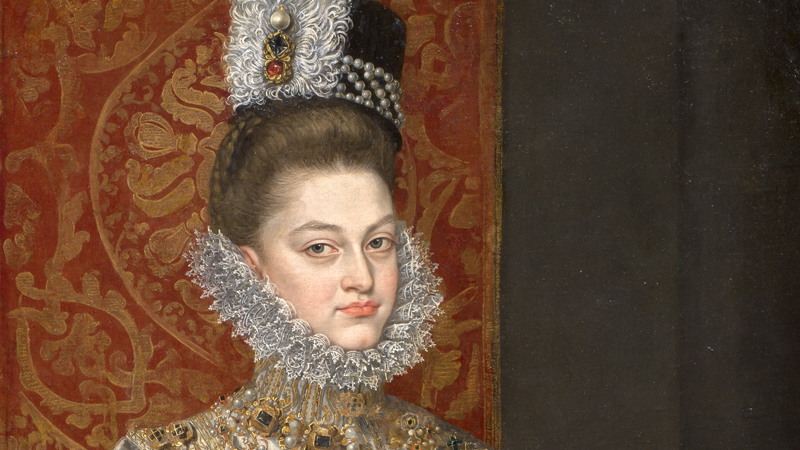
ALONSO SÁNCHEZ COELLO NMAA Museu Nacional de Arte Antiga

Pleasant Days in Spain.

Madrid history museum sculpture hi-res stock photography and images - Alamy
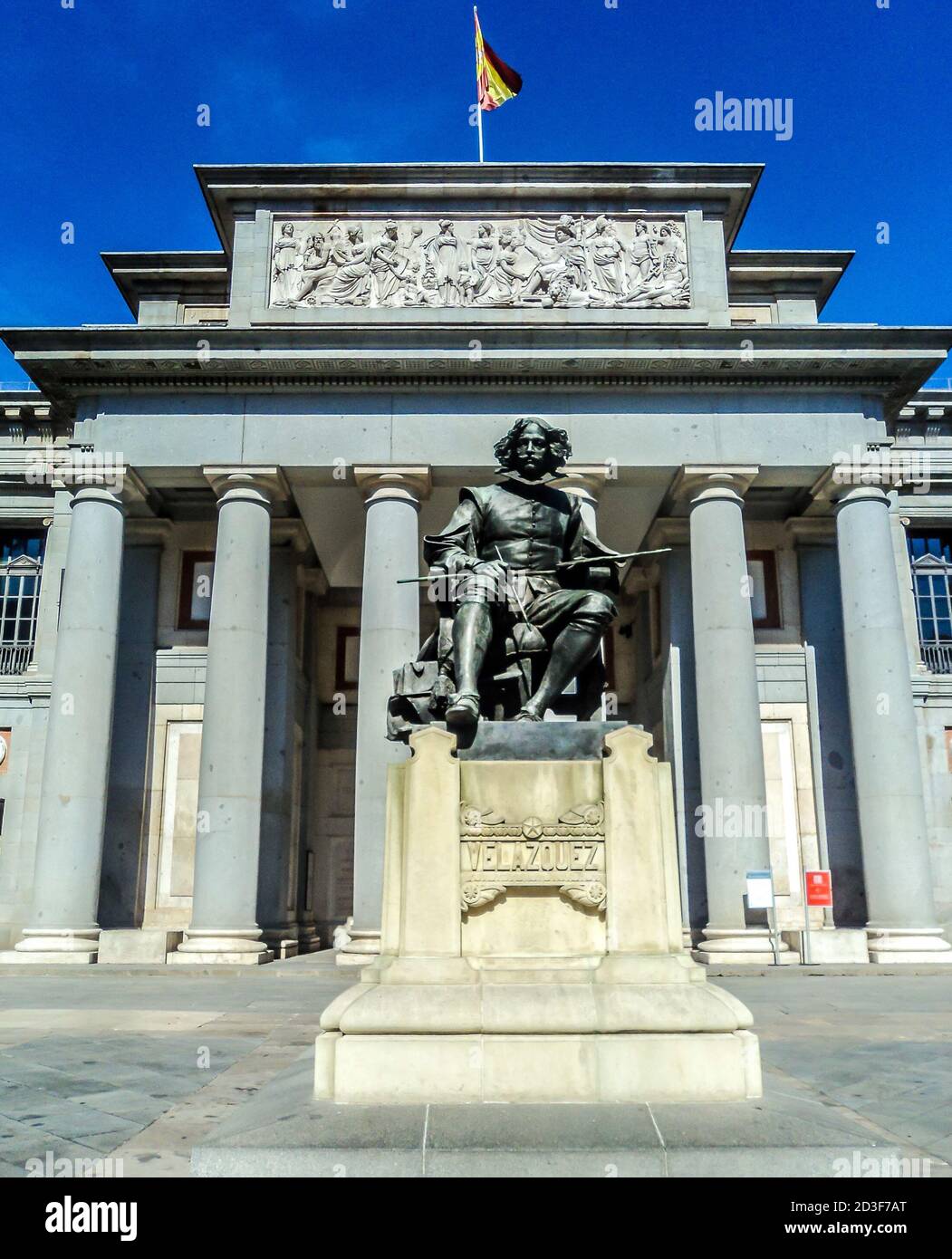
Madrid history museum sculpture hi-res stock photography and images - Alamy
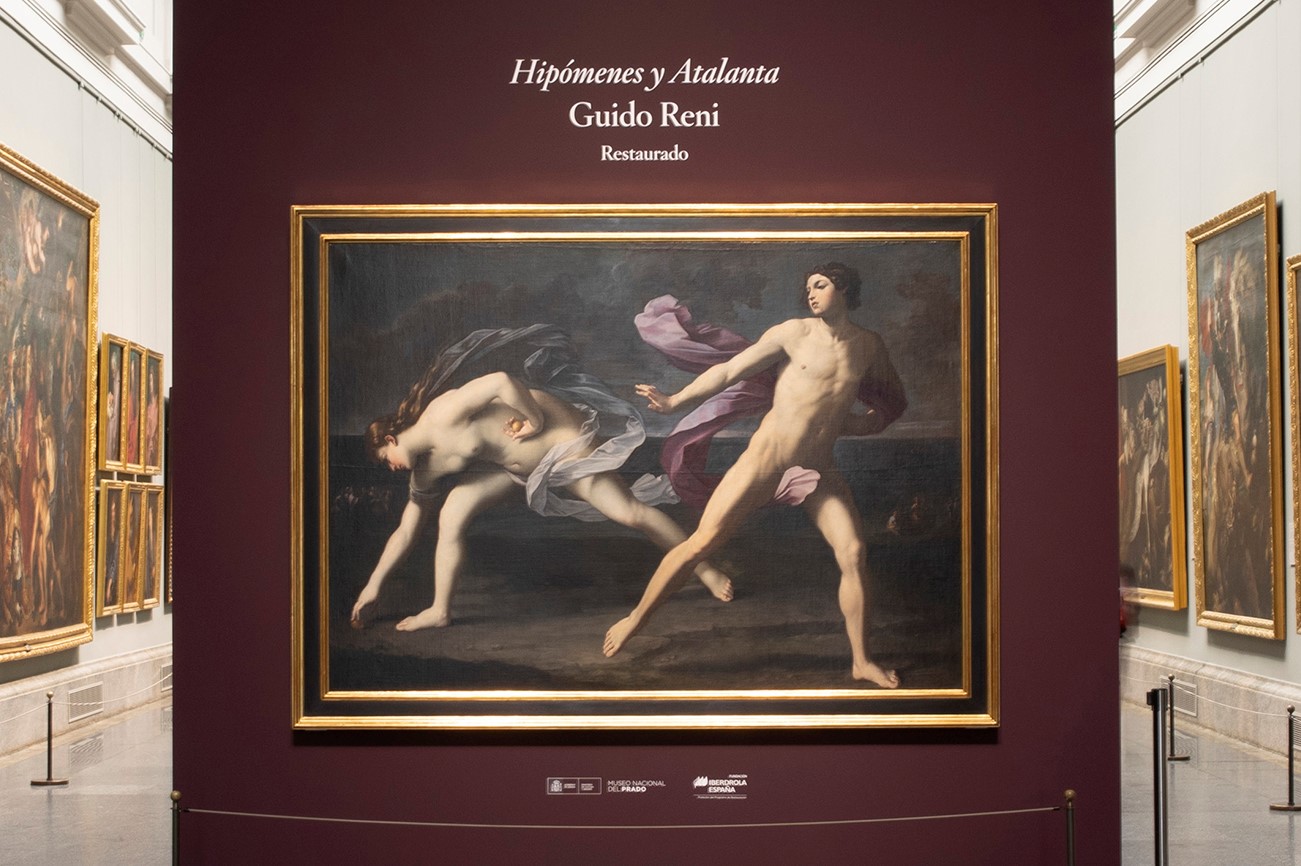
After its recent restoration the Museo Nacional del Prado presents Guido Reni's Hippomenes and Atalanta in a unique setting - Fundación Iberdrola España
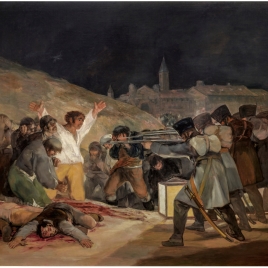
Collection - Museo Nacional del Prado